How Project O Five Challenges What You Think About Global Conflict
Discover how Project O Five reshapes global conflict narratives and answers the pressing question—who is winning the war?
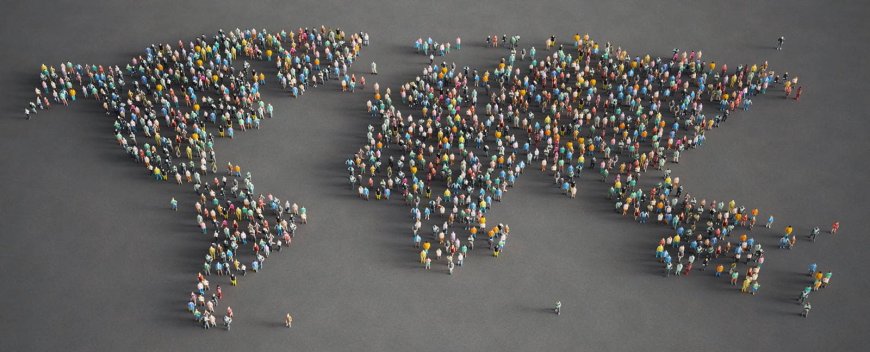
Introduction
When we hear about wars and global conflicts, it's often through a narrow lens—news flashes, political soundbites, or emotionally charged headlines. But what if a new lens, one called Project O Five, could radically alter how we view international tensions, warfare, and peacebuilding?
Whether you're a student, a curious reader, or someone just trying to make sense of the chaotic world news, understanding Project O Five can change everything you thought you knew about global power struggles. So, who is winning the war? By the end of this article, you might realize it's the wrong question to ask—and that’s exactly what Project O Five reveals.
What is Project O Five?
Project O Five isn't a military initiative or a covert spy program. It's an independent, data-driven platform designed to challenge existing narratives around global conflict. Think of it like Google Earth for geopolitics—except it doesn’t just show maps; it reveals motivations, manipulation, and momentum behind every major international move.
It’s the brainchild of a coalition of journalists, former intelligence analysts, and peace researchers who wanted to cut through the noise. The project's goal? To give ordinary people tools to understand conflicts deeply and truthfully.
The Origins: A Response to Misinformation
In the digital age, misinformation spreads like wildfire. Wars are not just fought with weapons anymore; they’re fought with words, memes, and viral videos. Project O Five was born in response to this reality.
Back in 2020, during a particularly confusing phase of the Syrian civil war, conflicting reports flooded the media. Was the government winning? Were the rebels gaining ground? No one really knew. Project O Five emerged to provide clarity—using open-source intelligence, satellite imagery, and verified data to present the whole picture.
Why Traditional Narratives Fall Short
Traditional narratives love simplicity. "Good guys vs. bad guys." "Us vs. them." But real conflicts are messy. There are often no clear heroes or villains, just competing interests and endless gray areas.
Project O Five challenges this black-and-white thinking. It shows how countries might claim victory in one domain while silently losing ground elsewhere—economically, socially, or even morally.
The Technology Behind Project O Five
Ever heard the saying, “Knowledge is power”? Project O Five harnesses this power through some pretty advanced tech:
-
AI-Powered Pattern Recognition: To track troop movements and supply chains.
-
Crowdsourced Verification: Users across the globe contribute data that’s then vetted for accuracy.
-
Deep Narrative Analysis: Natural language processing helps decode media bias and propaganda.
In short, it’s like giving every citizen their own intelligence agency—minus the secrecy.
How It Reframes “Who Is Winning the War”
Here’s the twist: Project O Five doesn’t try to answer “who is winning the war” in the usual way. Instead, it asks what does "winning" even mean?
Is it capturing land? Controlling minds? Winning public sympathy? Securing long-term peace?
According to Project O Five, “winning” is multi-dimensional. For example:
-
A military victory might come at a massive economic cost.
-
A propaganda win might backfire globally.
-
A short-term gain might prolong the conflict.
So when you ask “who is winning the war,” Project O Five answers, “It depends on what kind of war you’re talking about.”
A New Lens on Global Conflict
Imagine looking at the world not through a magnifying glass but through a kaleidoscope. Every turn reveals a new pattern. That’s how Project O Five works.
Instead of focusing solely on bombs and borders, it zooms out to include:
-
Climate factors that influence migration and conflict.
-
Economic dependencies that fuel tension.
-
Cultural narratives that stoke nationalism or resistance.
This bigger picture often flips conventional wisdom on its head.
Case Study: Ukraine and Russia
Let’s bring this to life with a real example.
In mainstream media, the Russia-Ukraine war is often framed like a scoreboard: cities taken, soldiers lost, aid sent. But Project O Five digs deeper:
-
How are sanctions reshaping the Russian economy?
-
What’s the morale like in occupied regions?
-
How is global opinion shifting?
Turns out, “who is winning the war” is an impossible question without a full-spectrum view.
What Project O Five Reveals About Proxy Wars
Proxy wars—conflicts where major powers support smaller factions—are notoriously hard to follow. But Project O Five uncovers the strings behind the puppets.
Take Yemen, for example. It's not just a civil war; it's a chessboard involving Saudi Arabia, Iran, and even Western nations. Project O Five shows how arms deals, oil politics, and humanitarian crises intersect in ways most people never see.
The Role of Media in Shaping War Perceptions
Media outlets—intentionally or not—become part of the conflict machinery. Headlines are weapons. Narratives are battle plans.
Project O Five monitors media language and identifies patterns like:
-
Dehumanization of opponents
-
Overuse of emotionally loaded terms
-
Selective outrage
It then offers neutral breakdowns, helping readers see through the spin.
The Impact on Public Opinion
When people see unbiased data, their views often shift. Project O Five users report becoming:
-
Less polarized
-
More empathetic
-
Better informed voters
In democracies, public opinion can shape foreign policy. So this platform doesn’t just inform—it empowers.
How Governments Are Reacting
You can imagine that some governments aren’t thrilled about a tool that exposes their strategies.
Some have tried to block Project O Five, label it as fake news, or discredit its contributors. Others, however, are starting to use its insights to adjust their own messaging—or even rethink foreign policy.
The Ethical Dilemmas It Raises
Transparency is great, but what happens when it exposes sensitive operations? What if it puts lives at risk?
Project O Five walks a tightrope. They use data delay tactics and blur certain details to prevent harm, but the line between public right-to-know and national security is thin.
Implications for the Future of Warfare
The wars of tomorrow might not be fought on battlefields—but in databases, social feeds, and public minds.
Project O Five hints at a future where:
-
Winning hearts and minds is more valuable than capturing cities.
-
Information supremacy becomes the new air superiority.
-
Every citizen can influence the course of war—by understanding it.
Is Peace Closer Than We Think?
Here’s a surprising takeaway: Project O Five doesn’t just dissect conflict—it illuminates paths to peace.
By showing root causes, it invites diplomacy. By exposing manipulation, it encourages transparency. And by educating the public, it builds pressure for peaceful solutions.
Conclusion
Understanding the world doesn’t require a PhD—it requires the right tools. Project O Five is one such tool. It challenges you to stop asking only “who is winning the war” and start asking:
-
Why is this war happening?
-
Who benefits from it?
-
What can we do to stop it?
Whether you use it to inform conversations, influence votes, or just see through the noise, one thing is clear—Project O Five helps you think for yourself in a world full of agendas.
FAQs
1. What exactly is Project O Five?
Project O Five is an open-source intelligence and analysis platform designed to provide unbiased insights into global conflicts using data and advanced technology.
2. How does Project O Five answer “who is winning the war”?
It reframes the question, showing that “winning” can mean many things—military, economic, diplomatic—and that each tells a different story.
3. Is Project O Five affiliated with any government?
No. It’s independently run by a global coalition of journalists, analysts, and researchers committed to neutrality and transparency.
4. Can the public access Project O Five?
Yes, parts of the platform are open to the public, while some tools and datasets are restricted to prevent misuse or risk to field sources.
5. How can I contribute to Project O Five?
You can participate through data verification, spreading awareness, donating, or simply engaging with their reports to stay informed.








































































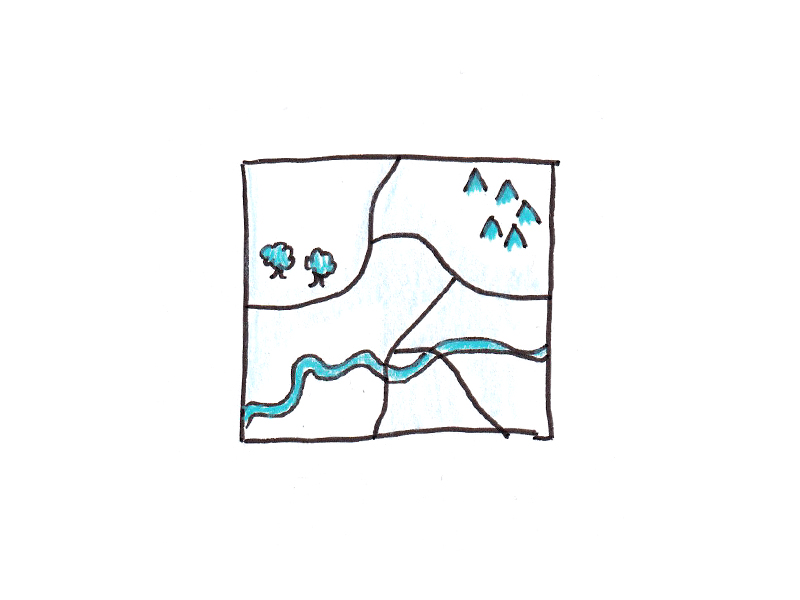


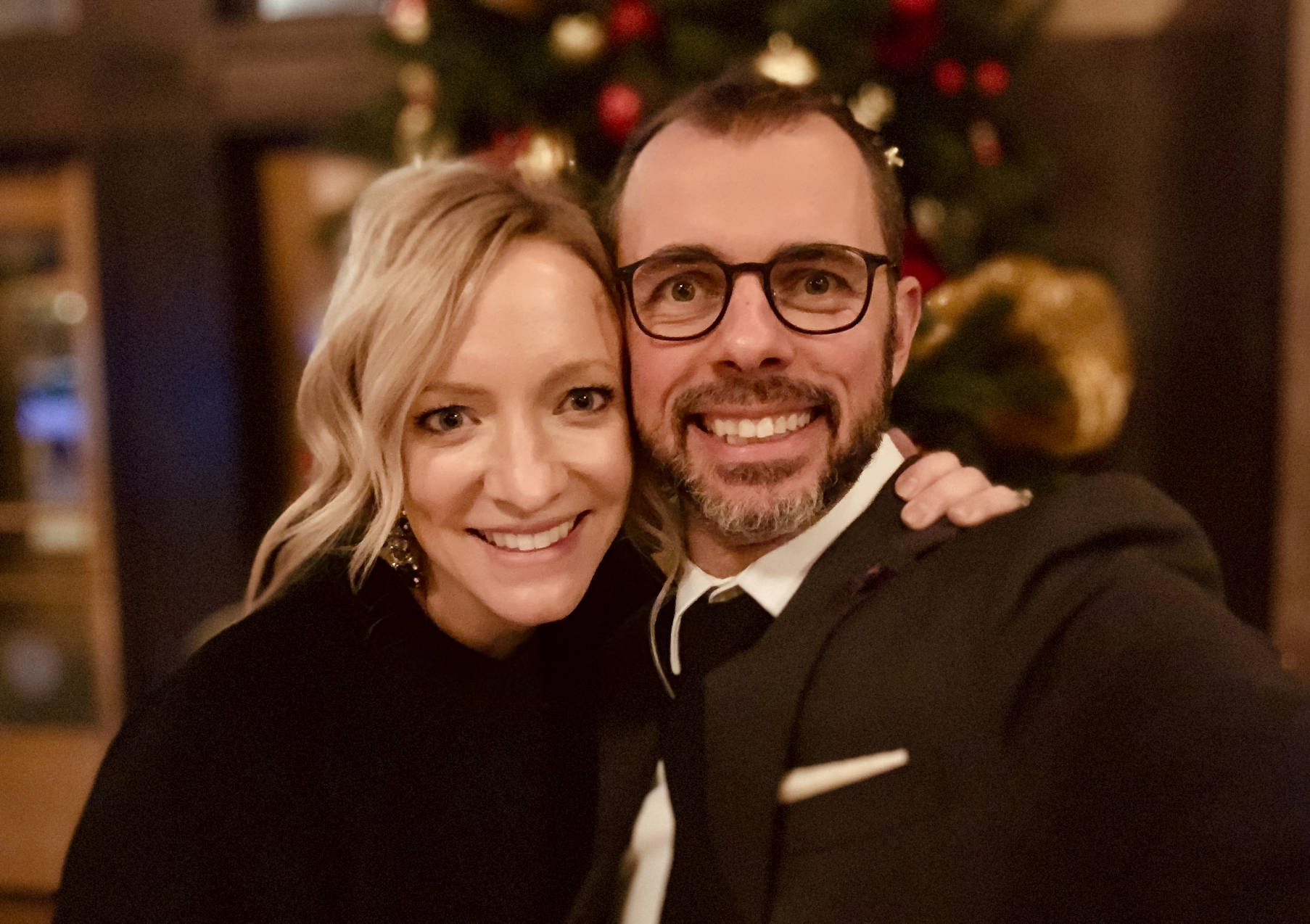















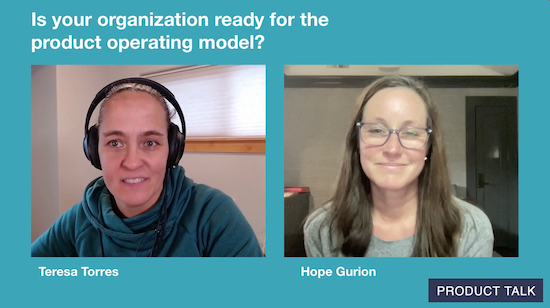
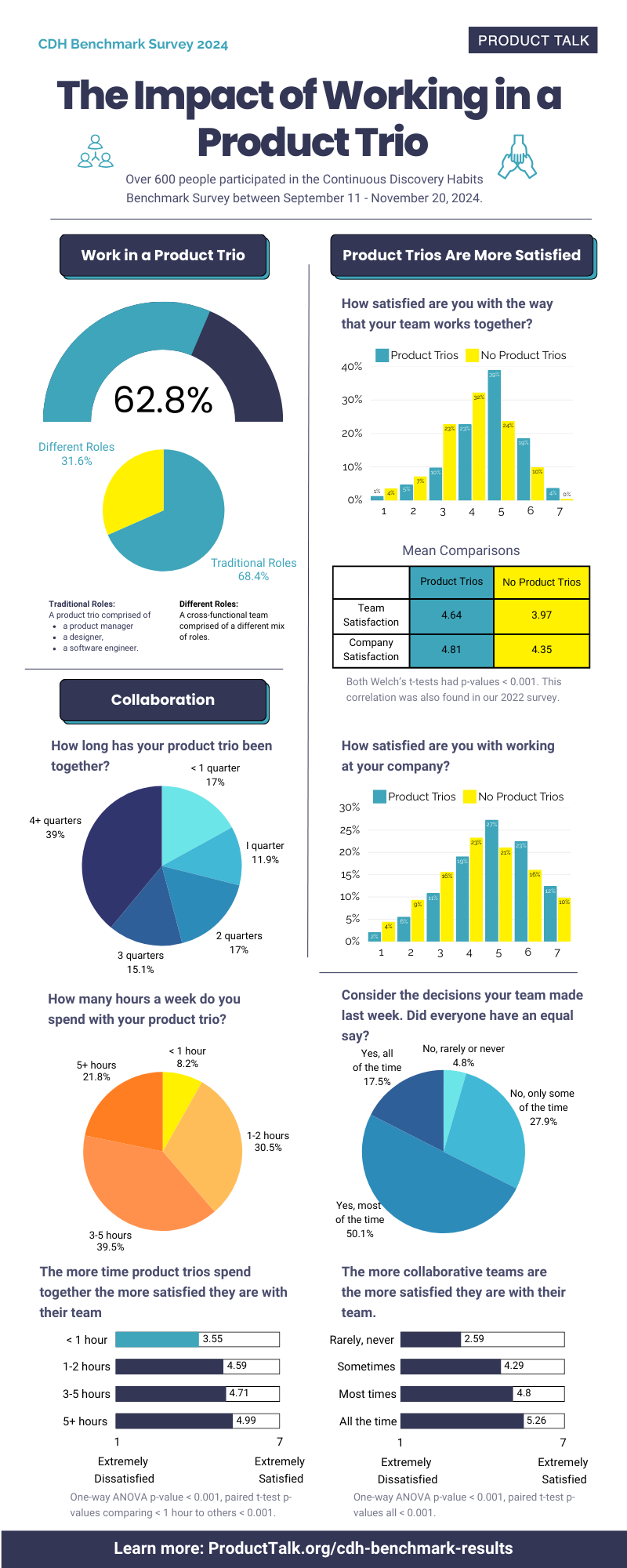











![Building A Digital PR Strategy: 10 Essential Steps for Beginners [With Examples]](https://buzzsumo.com/wp-content/uploads/2023/09/Building-A-Digital-PR-Strategy-10-Essential-Steps-for-Beginners-With-Examples-bblog-masthead.jpg)














![How to Use GA4 to Track Social Media Traffic: 6 Questions, Answers and Insights [VIDEO]](https://www.orbitmedia.com/wp-content/uploads/2023/06/ab-testing.png)
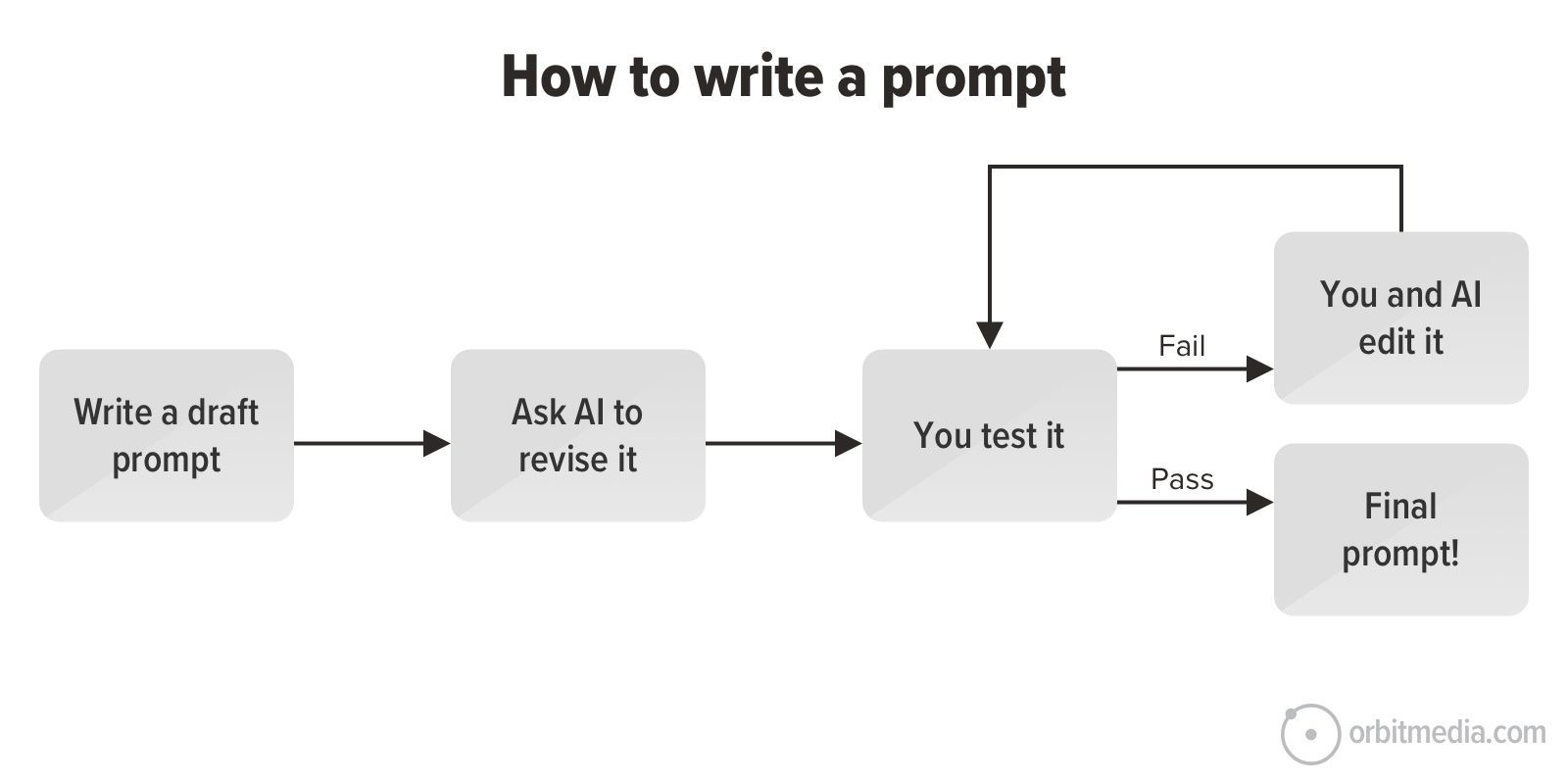






![Technical Sourcer [United Kingdom] at Olo](
https://nodesk.co/remote-companies/assets/logos/olo.e9c56827507b669046f71750846f8032542be84192a2248413f8421b2e5a2769.jpg
)

























